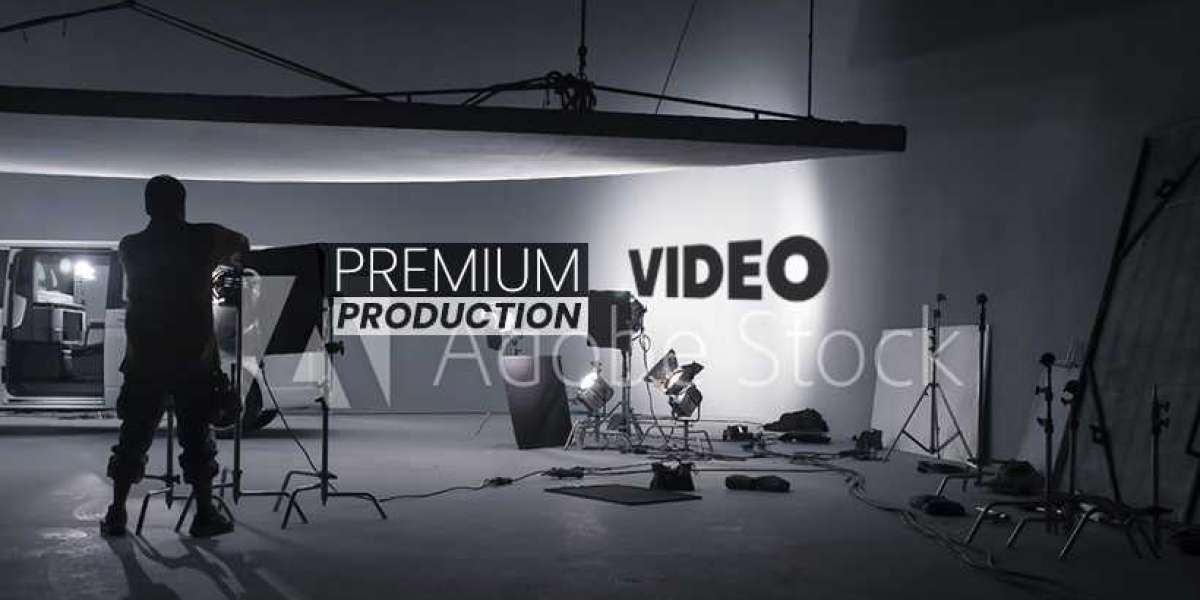Type 86 Clearance solution designed for low-value shipments entering the United States under Section 321. It allows goods valued at $800 or less to clear customs quickly and with less paperwork, making it an efficient choice for e-commerce and small parcel importers.This entry type requires electronic filing prior to or upon arrival of the cargo, improving transparency and compliance while facilitating faster processing. By meeting government agency data requirements, Type 86 balances speed with regulatory oversight, helping importers save time and reduce costs.Companies handling small shipments increasingly rely on Type 86 clearance to avoid delays and duties, making it a practical tool for modern cross-border trade. Its adoption reflects ongoing efforts to simplify low-value imports while maintaining security and efficiency.
Understanding Type 86 Customs Clearance
Type 86 is a specific customs entry category designed to simplify the clearance of low-value shipments into the United States. It streamlines the import process by allowing electronic filing, reducing paperwork and expediting release. This entry type has clear eligibility rules, offers notable benefits, yet comes with some challenges during declarations.
What Is Type 86 Customs Clearance?
Type 86 is a customs entry process for importing shipments valued below $800 USD per person, per day, under Section 321 regulations. It enables duty-free entry of low-value goods while ensuring compliance with U.S. Customs and Border Protection (CBP) rules.The process requires electronic submission of import documents prior to or upon cargo arrival. This allows CBP to monitor shipments and verify regulatory adherence quickly. It is commonly used for e-commerce shipments and small parcels to facilitate faster customs release.
Eligibility Criteria for Type 86 Shipments
Shipments must meet specific criteria to qualify as Type 86 entries. The value of imported goods cannot exceed $800 USD per individual per day. Items must be for personal use or business and cannot violate import restrictions.Certain products such as alcohol, tobacco, or firearms are excluded. Additionally, shipments must fall under allowable categories and require proper documentation filed electronically. Compliance with these requirements ensures clearance via Type 86 without duties or tariffs.
Key Benefits of Using Type 86
Type 86 offers faster customs clearance compared to traditional entries, as it reduces paperwork and inspection frequency. The duty exemption on low-value shipments lowers costs for importers.The electronic filing system enhances transparency and speeds processing times. For e-commerce businesses, this entry type streamlines cross-border shipping and supports volume handling effectively.
Common Challenges With Type 86 Declarations
Accurate and timely electronic filing is critical. Errors in documentation or late submissions can delay shipments. Misclassification of the shipment value or product type often leads to compliance issues.Also, regulatory changes occasionally alter filing deadlines or eligibility criteria, requiring importers to stay updated. Managing multiple low-value shipments under this process demands careful record-keeping to avoid penalties or shipment holds.
Customs Clearance Solutions for Type 86 Shipments
Type 86 shipments require tailored customs solutions due to their low-value status and specific regulatory requirements. Efficient handling depends on automating processes, ensuring accurate compliance, and using integrated technology to reduce delays.
Automated Entry Solutions
Automated entry systems allow importers to file Type 86 entries electronically before cargo arrival. This pre-arrival filing speeds up customs clearance by enabling pre-clearance reviews.These systems reduce paperwork and human error while allowing real-time visibility of shipment status. Automation tools often support remote filing and integrate with customs platforms, streamlining multiple shipments under Section 321.Using automated entries also ensures timely submission, as CBP mandates filing upon or prior to arrival. This decreases hold times and helps avoid penalties linked to late or incomplete filings.
Compliance and Documentation Strategies
Maintaining strict compliance is critical for Type 86 shipments under the $800 threshold. All documentation must clearly declare shipment value and meet FDA, USDA, and other agency data requirements.Importers must ensure harmonized tariff codes and accurate descriptions are included in filings. Non-compliance can result in delays, fines, or shipment rejections.A compliance checklist should consistently verify product eligibility for duty-free status. Additionally, tracking and archiving all customs documentation aids in audits and future shipment validations.
Technology Integration for Streamlined Processes
Integration of customs management software with logistics platforms enhances the handling of Type 86 shipments. This enables seamless data exchange between carriers, customs brokers, and CBP systems.Technology solutions also automate PGA (Partner Government Agency) data submissions, a critical compliance component. Tools with analytics provide insights on shipment patterns, helping optimize clearance strategies.Electronic filing combined with cloud-based tracking offers transparency and faster problem resolution. Overall, technology integration reduces manual tasks and strengthens shipment reliability.







